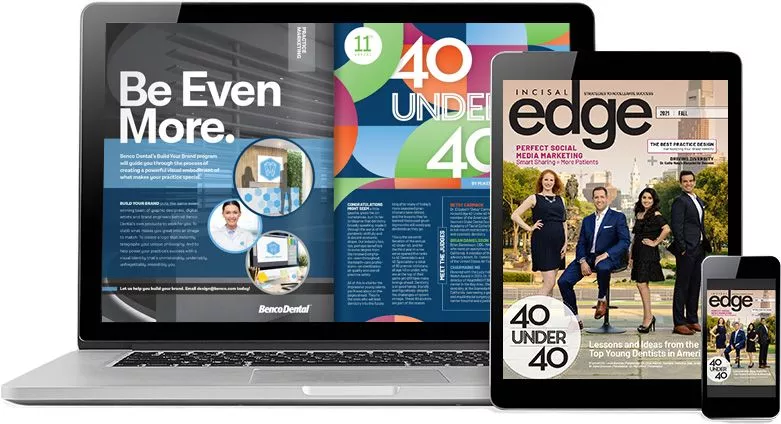Bacterial breakthroughs. A new certification program. And, yes, AI. What has the Forsyth Institute been up to in the year since its blockbuster integration with the ADA?
By Howard Gensler
A YEAR AGO, Incisal Edge published a report about the integration of the American Dental Association and the Forsyth Institute, the Boston-area dental research powerhouse (see “Blended Family,” Spring 2024). How have the first 12 months gone? Here’s a look at some of the important work done by what is now known as the ADA Forsyth Institute—and a look ahead at what we can expect for the rest of 2025.
Bugs’ Life
The mouth is home to a lot of bacteria—700 species (that we know of)—that can cause a parade of horribles including gingivitis, cavities, bad breath and more. But it has always been difficult to tell the bacteria apart. The strains clump together in a multispecies biofilm, and we’re still learning about how they interrelate.
This past November, ADA Forsyth scientists announced that they had developed a new imaging approach that made it possible to analyze the spatial connections between bacteria, including how strongly they stick together. Adhesion strength is important because if bacterial microbes don’t stick to one’s teeth, tongue or gums, saliva whisks them away into the gastrointestinal tract.
 The new imaging technique does not depend on a new microscope but on a gel that enhances the spaces between bacterial cells without expanding the cells themselves. Spatial information is critical, says Dr. Wenyuan Shi, ADA Forsyth’s CEO. To paraphrase his analogy: In a bad neighborhood, there may be only a few people making life miserable for everyone. Those are the bad bacteria. They live in the community, and the law-abiding citizens (the good bacteria) are afraid to snitch. But if you can separate the bad from the good, it’s easier to clean out the bad and make progress.
The new imaging technique does not depend on a new microscope but on a gel that enhances the spaces between bacterial cells without expanding the cells themselves. Spatial information is critical, says Dr. Wenyuan Shi, ADA Forsyth’s CEO. To paraphrase his analogy: In a bad neighborhood, there may be only a few people making life miserable for everyone. Those are the bad bacteria. They live in the community, and the law-abiding citizens (the good bacteria) are afraid to snitch. But if you can separate the bad from the good, it’s easier to clean out the bad and make progress.
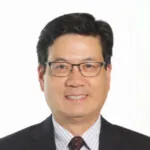 Previously, if you took a bacterial swab and put it into a sequencer, “You would know all the bacteria in there, but you wouldn’t know which bacteria were ‘talking’ to which,” says Dr. Benjamin Wu, ADA Forsyth’s COO and chief scientific officer. “Now we can combine spatial information and genomic data to get at the mechanism of how nature interacts and, more importantly, inspire new insights to manipulate nature.”
Previously, if you took a bacterial swab and put it into a sequencer, “You would know all the bacteria in there, but you wouldn’t know which bacteria were ‘talking’ to which,” says Dr. Benjamin Wu, ADA Forsyth’s COO and chief scientific officer. “Now we can combine spatial information and genomic data to get at the mechanism of how nature interacts and, more importantly, inspire new insights to manipulate nature.”
Artificial Intelligence, Real Gains
The future artificial intelligence is forging for humanity can be occasionally alarming to contemplate, but scientists hope that faster breakthroughs will supersede the seemingly inevitable seizure of power by our robot overlords.
In September, ADA Forsyth announced a five-year National Institutes of Health grant totaling more than $6 million to use physics-based AI to develop the next generation of dental fillings using smart materials and smarter technology.
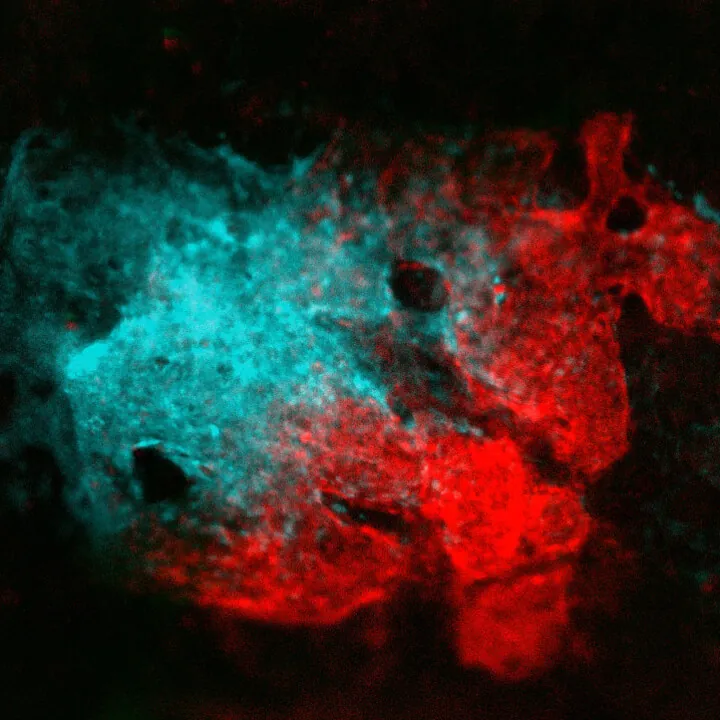 How space-age is this new material expected to be? Imagine a filling that could heal its own small cracks. Antimicrobial properties in the composite materials will not only counteract the mouth acids eroding teeth. AI will speed the development process by decades while lowering costs. And when the new material is discovered, it is expected to be easier to use, less expensive and last longer.
How space-age is this new material expected to be? Imagine a filling that could heal its own small cracks. Antimicrobial properties in the composite materials will not only counteract the mouth acids eroding teeth. AI will speed the development process by decades while lowering costs. And when the new material is discovered, it is expected to be easier to use, less expensive and last longer.
Expect more AI breakthroughs soon. “Unlike technologies that came before it, AI doesn’t seem to have a limit,” Dr. Wu says. Might there one day be a smart toothpaste that cleans teeth individually? There might not even be toothpaste as we know it today, he says. A dental patient of the future might get a mouth scan and a 4D-printed mouthpiece, similar to a retainer, that could be placed in the mouth with all the tooth health information preloaded to take care of high-risk areas.
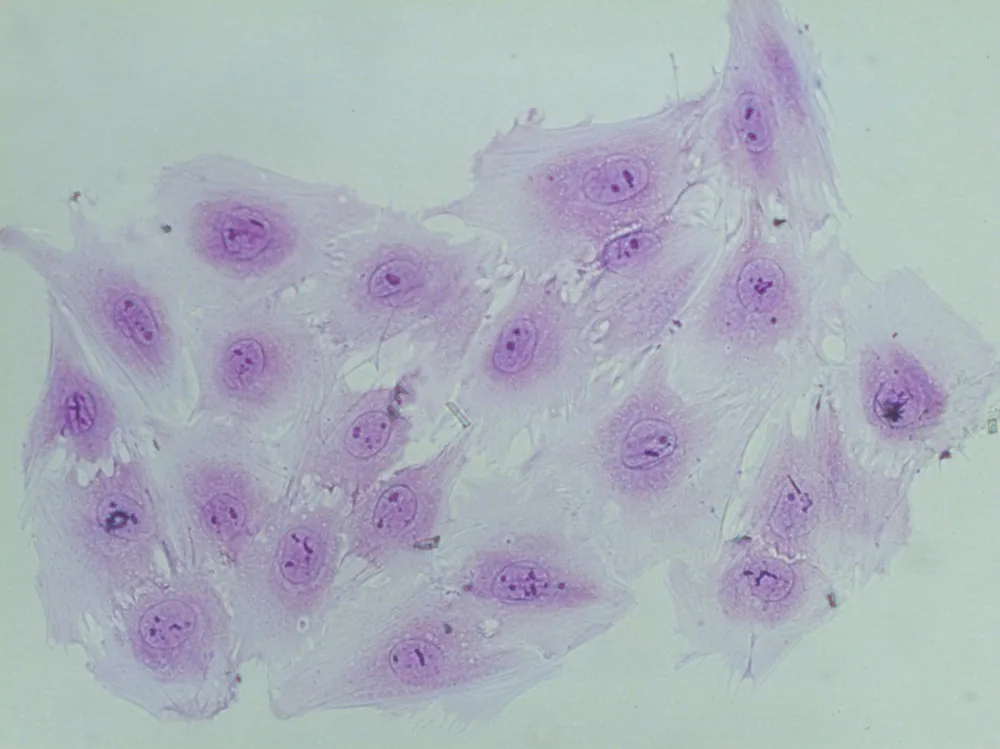
Antibiotic Breakthroughs
This past September, ADA Forsyth, in collaboration with Flightpath Biosciences, found that FP 100 (Hygromycin A), a first-in-class, small-molecule, narrow-spectrum antibiotic, successfully eradicated Fusobacterium nucleatum without harming microbiomes in the mouth or stomach. This was a breakthrough discovery: Fusobacterium triggers gum disease, which affects more than half the country and can lead to more serious diseases.
The results were clear. “With FP 100, we can eliminate Fusobacterium nucleatum from the oral cavity, reverse tissue destruction and prevent disease progression without harming the beneficial microbiome,” says Dr. Alpdogan Kantarci, who led the study.
Even better news: Since Fusobacterium travels throughout the body and can cause disease elsewhere, the potential impact of the FP 100 antibiotic may help prevent the development of heart disease, Alzheimer’s, cancer and more.
“We now have very strong animal data that validates FP 100’s very specific targeting ability to remove some of the nasty periodontal bacteria, which is also involved in a lot of systemic disease,” Dr. Shi says.
It could be years before FP 100 hits the market, he adds, but the drug has shown to be safe in test treatments for other health concerns, among them Lyme disease.
Bacterial Fight Club
ADA Forsyth researchers not only look for breakthrough treatments but also to learn more about what makes us ill.
In July, the institute announced the results of a study that explained why the pathogen Klebsiella, found in the mouth and nose, could lead to so many hospital-acquired infections and is so hard to treat. Klebsiella species, they discovered, thrives under the nutrient-deprived polymicrobial conditions found in hospitals and can survive by taking the nutrients it needs from dead bacteria in external saliva. Researchers also discovered that Klebsiella appears to survive better in nasal microbiome communities than in the oral community, which is home to more microbial diversity. The findings will ideally lead to better treatments for the multidrug-resistant pathogen, and perhaps to more preventive measures in hospitals, especially for people on ventilators, which can be Klebsiella breeding grounds.
Dr. Batbileg Bor’s lab conducted this research, and Dr. Shi, who collaborated on it, says the experiment was akin to setting up a Bacterial Fight Club. “We started with roughly 200 species of oral bacterial community and decided to let them starve in a nutrient-limited environment, so we put them in a glass bottle and threw the key away. Let them fight. Who is the ultimate survivor? We consistently found one of the winners was Klebsiella.” (The first rule of Bacterial Fight Club: Always talk about Bacterial Fight Club.)
We started with 200 species of oral bacterial community and decided to let them starve, so we put them in a glass bottle and threw the key away. Let them fight. Who is the ultimate survivor? We consistently found one of the winners was Klebsiella.”
This was a surprise because Klebsiella was not typically thought of as a common mouth bacteria. Learning of its extraordinary ability, however, made Klebsiella seem like a sort of comic book villain that could draw strength from the dying organisms around it.
“These exist in such a small amount of people’s oral cavity, we ignore them,” Dr. Shi says, “but they are the nastiest guys”—so if doctors can find them early, when they’re not doing anything, it would be quite helpful. “Once your body starts deteriorating, they will take over and accelerate the process.”
So how can scientific research fight Klebsiella?
In two primary ways, Dr. Wu says. “In general, if you determine that these pathogens cause harm by releasing a compound X, one solution is to make antidotes against other pathogens that destroy or consume compound X. But another way that’s more powerful is to find out how compound X interacts with its victims and design a blocker against that interaction. Either we find the target, or we find the thing that makes the target, or we do something about what the target triggers. This is where basic science has to be.”
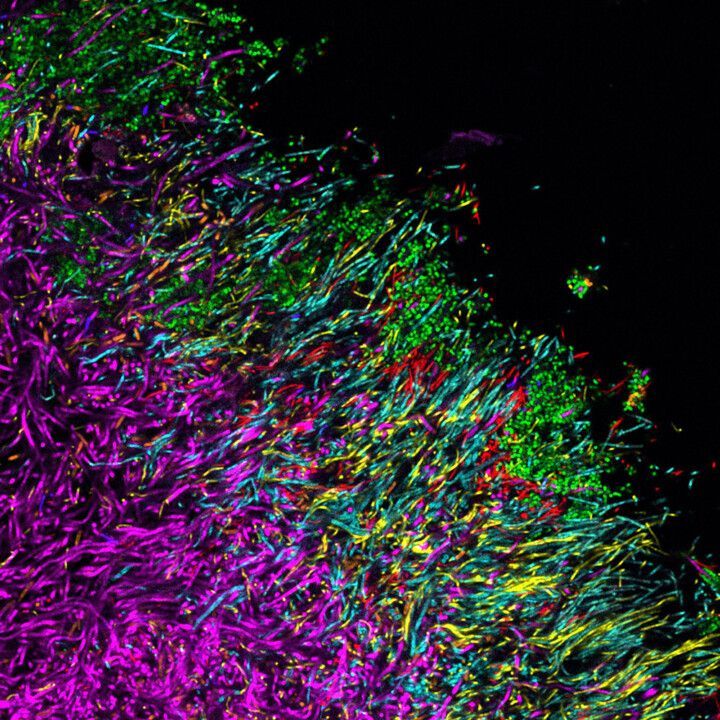
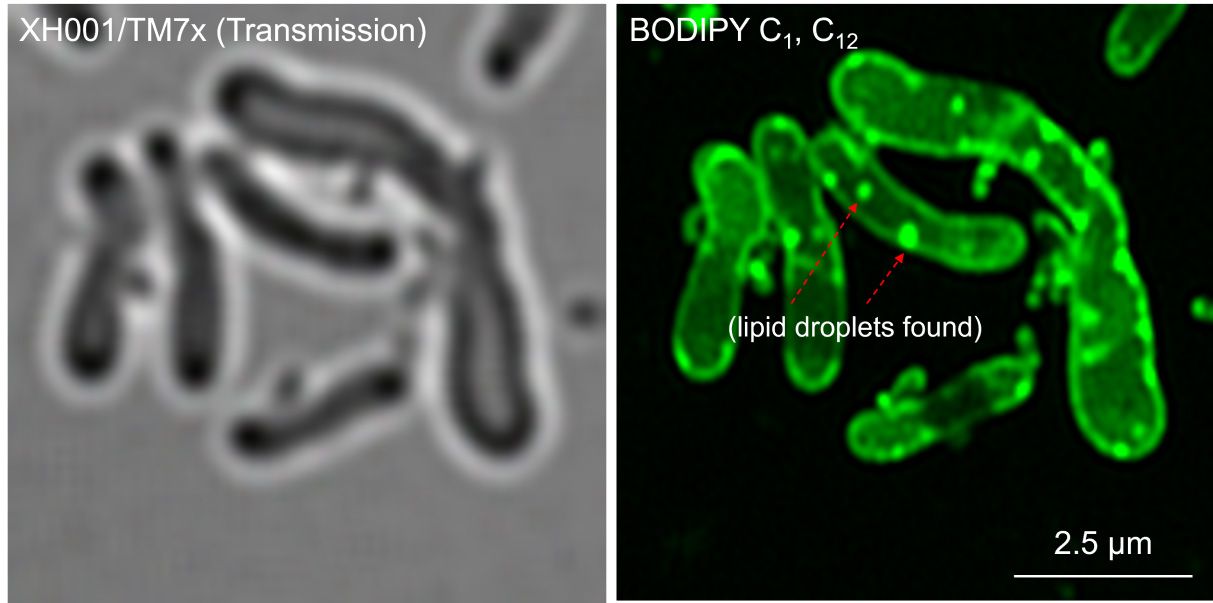
Certified and Reliable
With technology moving ever faster, science is in a constant battle with scammers when it comes to bringing real products to market. Sure, TikTok says this “amazing” “new” tooth whitener is a game changer, but is it really?
Enter the ADA Forsyth Institute Certification Program, aligned with the ADA’s mission to uphold the highest standards for professional products. (It will formally launch this fall.) The program provides rigorous evaluation to ensure reliability and efficacy—helping dentists and patients stay aware of the best products on the market.
What Lies Ahead
This year, ADA Forsyth looks to continue living in a bacterial world. Dr. Shi says we still know less than 1 percent of all bacteria on earth, so research will continue into what scientists call “microbial dark matter.” Another
area in which the public can expect advances is in salivary diagnostics. In addition to using saliva to test for Covid-19, it may not be long before markers in saliva will lead to early treatments for colon cancer, heart disease and dementia. And if you think digital dentistry has advanced—and it has—just wait.
“We don’t know exactly what research will prove to be most fruitful,” Dr. Shi says, “and that’s why we’re poking around in several directions. But I really believe this is where oral health is going.”



